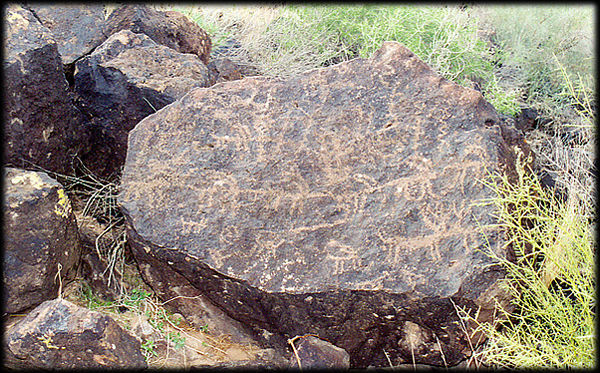
That's not good news, geologists say, because the Paleocene-Eocene Thermal Maximum, or PETM, might have been a pre-historic dress rehearsal for a future climate change event that could be more abrupt and more damaging.
"Given that we are pumping carbon dioxide (CO2) into the atmosphere at a rate nearly ten times that of the PETM means that the climate system is having to adjust to a much more intense disturbance," said Lee Kump, a professor at Penn State University and a co-author of the study.
The PETM unfolded over a period of at least 10,000 years, more likely 20,000, according to the new research.
That's a blink of the eye in geological time, but was long enough for animals and plants to adapt. At least most of them -- a significant slice of deep sea life went extinct.
What worries scientists is that an accelerated version of this scenario may be playing out today.
"Since life is as sensitive to the rates of change as to the absolute amount of change, fossil-fuel burning is likely disrupting natural ecosystems at a global scale in a way that may have little precedence in Earth history," Kump said in an email exchange.
UN scientists have said that unless CO2 emissions are hugely reduced, average global temperatures could climb 4.0 to 5.0 C (7.2 to 9.0 F) by 2100, effectively compressing the PETM spike onto a scale of hundreds, rather than thousands of years.
If the PETM was a climate change "squeeze," while the asteroid that wiped out the dinosaurs 10 million years earlier was a "punch," we are "probably closer to the punch than the squeeze," Kump said.
Geologists have long known that a massive release of carbon caused the PETM, but where the carbon came from, exactly how much was released, and how quickly, were still subject to speculation.
Part of the problem was that rock and sediment samples from areas that were deep sea 55.9 million years ago are almost always highly compressed into a metre (three feet) at most, and thus hard to read.
Kump and colleagues, however, analysed a spot near Spitsbergen, Norway -- uncovered by a coal-mining operation -- where the PETM record is 150 metres (492 feet thick), and thus laden with fresh geological clues.
The site revealed that carbon emissions during the 20,000-year warming period did not exceed 1.7 billion metric tonnes per year, somewhat less than previously thought.
By comparison, recent fossil fuel emissions of carbon average over eight billion tonnes, with 2010 showing the highest output on record.
The findings "provides further support for the idea that it is the rapid rate at which we are dumping carbon that is so dangerous, as well as the large volumes involved," said Cambridge University professor Bryan Lovell, whose recent book "Challenged by Carbon" examines the PETM in detail.





No comments:
Post a Comment